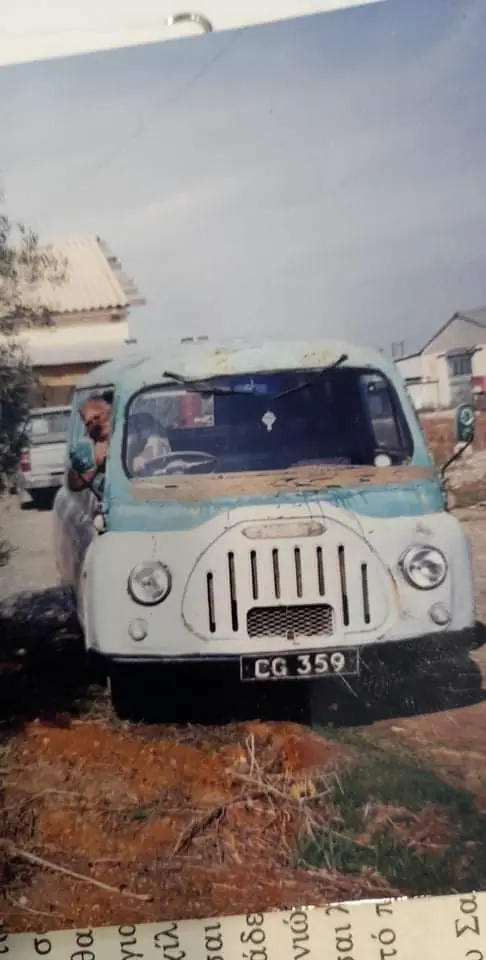ONE FAMILY FROM NEW – MORRIS J2
04 March 2022
Memories can be one of the most significant reasons in buying and restoring a classic vehicle. It could be the sound of the transmission, the feel of the Bakelite switches or the way the air vents hissed when you opened them. Any one of these apparently minor details can evoke a lost world, especially if your car or van has been with the family since new – such as George Kouzaride’s Morris J2 in Cyprus.
When the J2 made its bow in 1956, it was the British Motor Corporation’s first unitary-built van. The cost of the original Morris-Commercial was £554, and the brochure detailed the luxuries of “twin windscreen wipers”, “twin rear view mirrors” “winking indicator lamps” and “four-speed synchromesh gearbox”. The last-named was a genuine asset when Ford’s Thames E383W still possessed a three-speed ‘crash’ box. Meanwhile, Austin dealers could offer their customers the 152 - identical to the Morris asides from its grille and badging.

Commercial Motor believed the duo presented “a severe challenge in all markets which until now have been dominated by Continental designs, and there is every reason to believe that they will have appreciable sales in the United States”. Unfortunately, this was not the case, but the J2 proved a success in the UK and many Commonwealth markets. The early versions employed the 1,489cc B-Series unit located between the front seats: some older readers may recall how the starter and choke controls were mounted on the rear of the engine box.
By 1961 the J2 M16 version was powered by a 1,622cc engine, with the option of a 1.5-litre diesel unit. Six years later, the range was succeeded by the Austin and Morris 250 JU - the ‘U’ suffix denoted an engine mounted under the floor – with a wider track and an increased payload. Production ceased in 1974 with the introduction of the Sherpa.
As for CG 359, it is a second-generation 1.6-litre J2 that left the factory in late 1962 and in March 1964, it was registered as a new van by Mr. Kouzarides senior - “he was a potter, like his grandfather before him. The van was used to deliver the finished product all over Cyprus and also to transfer raw materials to the pottery in order to produce his goods. During the winter we always drove the Morris in short sleeves as a lot of heat entered the cabin from the engine bay. During the simmer I remember my late papa asking me to put water on the exhaust pipe in order to create some ‘air-conditioning’!”
For the next 39 years, the Morris faithfully served the family, with George sometimes taking the wheel when he turned sixteen. 2003 saw the van retired, and a year after George’s father died in 2013, the decision was made to restore it. The process took approximately three years – “with eBay and some Morris clubs, we found whatever we wanted. My late papa also left behind some parts”.
Today, George finds driving the Morris an interesting experience; in 1962, the idea of a panel van with power steering would have been science-fiction. “Along with my brothers we are continuing the pottery as a 4th generation – and sometimes we use the van!”. And when taking the wheel, “Memories come alive as I remember my late parents”. What more important reason could there be for restoring a vehicle?
With Thanks To: George Kouzarides
